Table of content
Wontons, those delectable dumplings that originated in China, have become a beloved culinary delight worldwide. Their versatility shines through in various preparations—boiled, fried, or steamed—and their fillings range from classic pork and shrimp to vegetarian blends. However, one question perplexes both novice cooks and seasoned chefs alike: How long should large wontons be cooked to achieve the ideal texture and flavor? This article delves into the science and craft behind cooking large wontons, exploring factors that influence cooking time, step-by-step techniques, and expert tips to elevate your wonton-making game.
Understanding the Basics: What Defines a “Large” Wonton?
Before diving into cooking times, it’s essential to clarify what constitutes a “large” wonton. Typically, wonton wrappers come in standardized sizes, but homemade or specialty varieties can vary. A large wonton might feature a thicker wrapper, a generous filling, or both. For instance, a standard store-bought wrapper measures about 3.5 inches (9 cm) square, while a large version could stretch to 4.5 inches (11.5 cm) or more. The filling’s density—whether it’s ground meat, seafood, or vegetables—also plays a role in cooking dynamics.
Factors Influencing Cooking Time
Cooking large wontons isn’t a one-size-fits-all process. Several variables affect how long they need to simmer, boil, or fry to perfection:
- Wrapper Thickness: Thicker wrappers require longer cooking to ensure the dough cooks through without the filling becoming overdone.
- Filling Composition: Meat-based fillings (pork, beef, chicken) need sufficient time to cook thoroughly, while vegetable-heavy mixes may soften faster.
- Cooking Method: Boiling, steaming, frying, or pan-frying each demand different durations.
- Altitude and Temperature: High-altitude cooking alters boiling points, potentially extending cooking times. Similarly, starting with cold vs. boiling water affects heat penetration.
Boiling Large Wontons: The Classic Approach
Boiling is the most common method for wontons, prized for its simplicity and ability to highlight the dumpling’s delicate flavors. Here’s a breakdown of the process:
Step 1: Preparing the Pot
- Use a large pot (at least 4 quarts) to prevent overcrowding, which can lower water temperature and result in uneven cooking.
- Fill the pot three-quarters full with water and bring it to a rolling boil. Adding a pinch of salt enhances the wontons’ flavor and firms up the wrappers.
Step 2: Adding the Wontons
- Gently lower the wontons into the boiling water using a slotted spoon. Avoid stirring immediately to prevent tearing.
- For frozen wontons, add them directly to the boiling water—no need to thaw.
Step 3: Timing the Cook
- Fresh Wontons: Cook for 6–8 minutes. The wrappers will turn translucent, and the filling will firm up.
- Frozen Wontons: Add 2–3 minutes to the cooking time (8–11 minutes total).
- Extra-Large or Thick-Wrapper Wontons: Extend boiling time by 1–2 minutes, ensuring the dough cooks through.
Step 4: Testing for Doneness
- Visual Cues: The wontons float when cooked, but this isn’t foolproof. Overcooked wontons may float prematurely due to air pockets.
- Texture Test: Remove one wonton and cut it open. The filling should be opaque (for meat) and the wrapper tender but not gummy.
Steaming Large Wontons: A Gentler Alternative
Steaming preserves the wontons’ moisture and is ideal for delicate fillings. Follow these guidelines:

- Use a Bamboo Steamer or Metal Steamer Basket: Line the basket with parchment paper or cabbage leaves to prevent sticking.
- Arrange Wontons: Place them in a single layer, leaving space between each to allow steam circulation.
- Steam Time:
- Fresh Wontons: 10–12 minutes.
- Frozen Wontons: 12–15 minutes.
- Check Doneness: The wrappers will look slightly shiny, and the filling will feel firm when pressed gently.
Frying Large Wontons: Crispy Perfection
Frying creates a golden, crunchy exterior contrasting with the tender interior. However, achieving the right balance requires precision:
- Heat Oil: Use a neutral oil (e.g., vegetable or canola) in a deep skillet or wok. Heat to 350–375°F (175–190°C).
- Frying Time:
- Fresh Wontons: 3–4 minutes per side until golden brown.
- Frozen Wontons: 4–5 minutes per side.
- Drain Excess Oil: Transfer fried wontons to a wire rack or paper towels to absorb oil.
Pan-Frying (Potstickers Style): The Best of Both Worlds
For a crispy base and soft top, pan-frying is unbeatable:
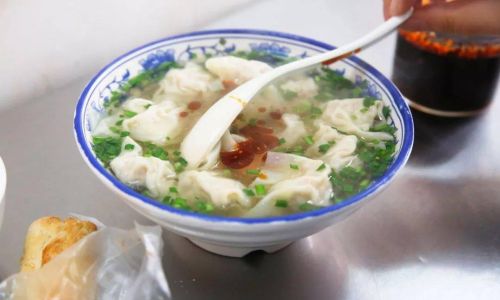
- Heat a Nonstick Skillet: Add 1–2 tablespoons of oil over medium heat.
- Arrange Wontons: Place them in a single layer and fry for 2–3 minutes until the bottoms are golden.
- Add Water: Pour 1/4 cup of water into the skillet and cover immediately. Steam for 6–8 minutes (fresh) or 8–10 minutes (frozen).
- Uncover and Fry: Remove the lid and cook until the water evaporates and the bottoms crisp up again (1–2 minutes).
Common Mistakes to Avoid
- Overcrowding the Pot: Reduces water temperature and causes sticking.
- Undercooking the Filling: Raw meat poses health risks; use a meat thermometer to ensure internal temperatures reach 165°F (74°C).
- Overcooking: Leads to mushy wrappers and dry fillings.
- Skipping the Resting Period: Let boiled wontons sit for 1–2 minutes after cooking to firm up.
Advanced Tips for Wonton Perfection
- Homemade Wrappers: If making wrappers from scratch, roll them slightly thicker for large wontons to prevent tearing.
- Filling Prep: For meat fillings, mix with a binding agent (e.g., egg white or cornstarch) to retain moisture.
- Freezing Technique: Flash-freeze wontons on a baking sheet before storing in bags to prevent sticking.
- Sauce Pairings: Elevate your dish with dipping sauces like chili oil, soy-vinegar, or black vinegar with ginger.
Regional Variations in Cooking Times
Wontons have evolved globally, adapting to local tastes and techniques:
- Japanese Gyoza: Typically pan-fried, these dumplings require 6–8 minutes total (3 minutes frying, 3 minutes steaming).
- Italian Tortellini: Boiled for 8–10 minutes, these ring-shaped pasta pockets are smaller but share wonton DNA.
- Polish Pierogi: Boiled for 5–7 minutes, then often pan-fried for texture.
The Science Behind Cooking Times
Understanding the thermal dynamics of cooking wontons helps troubleshoot issues:
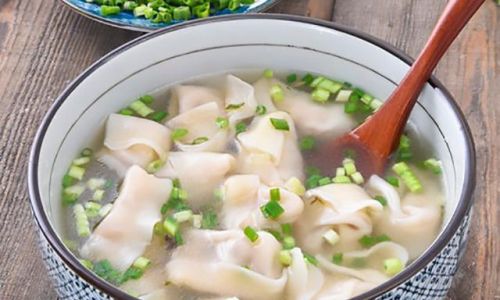
- Heat Transfer: Boiling water conducts heat faster than steaming, explaining shorter cook times.
- Protein Coagulation: Meat fillings solidify at 140–160°F (60–71°C), while starch gelatinization in wrappers peaks at 180–190°F (82–88°C).
- Freezing Impact: Ice crystals in frozen wontons require extra time to melt and cook through.
Troubleshooting Guide
| Issue | Cause | Solution |
|---|---|---|
| Soggy Wrappers | Overcooking or low heat | Reduce cooking time; use higher heat |
| Dry Filling | Overcooking or insufficient fat | Add moisture (e.g., sesame oil) to filling |
| Tough Wrappers | Overkneading dough | Knead gently; rest dough before rolling |
| Uneven Cooking | Overcrowding pot | Cook in batches; maintain rolling boil |
Conclusion: The Pursuit of Wonton Excellence
Cooking large wontons to perfection is an art that balances timing, technique, and intuition. Whether you prefer the simplicity of boiling, the crispness of frying, or the elegance of steaming, mastering the nuances of each method ensures a memorable meal. Remember that practice makes progress—experiment with fillings, wrappers, and cooking times to discover your signature style. So, the next time you ask, “How long should I cook these large wontons?” you’ll have the confidence to answer with precision and creativity. Bon appétit!
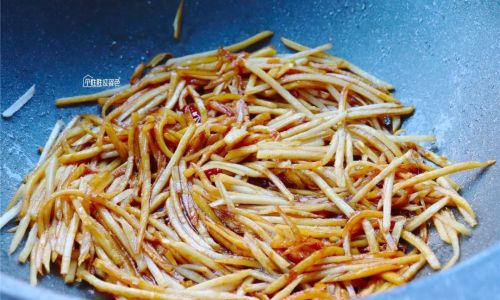
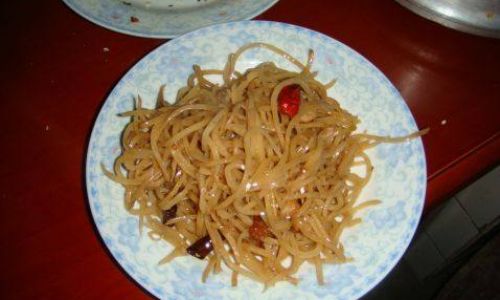
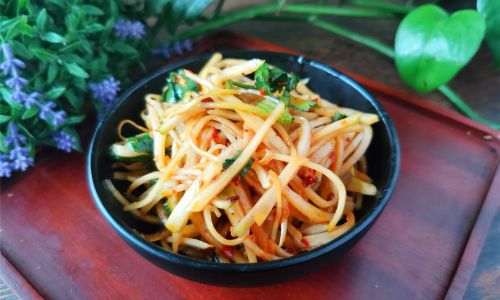

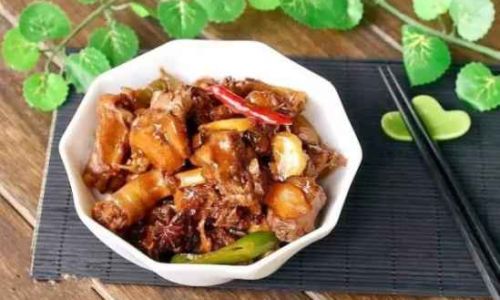
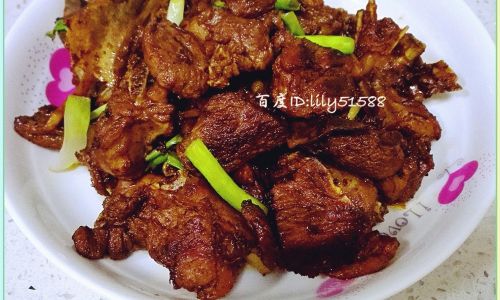
0 comments